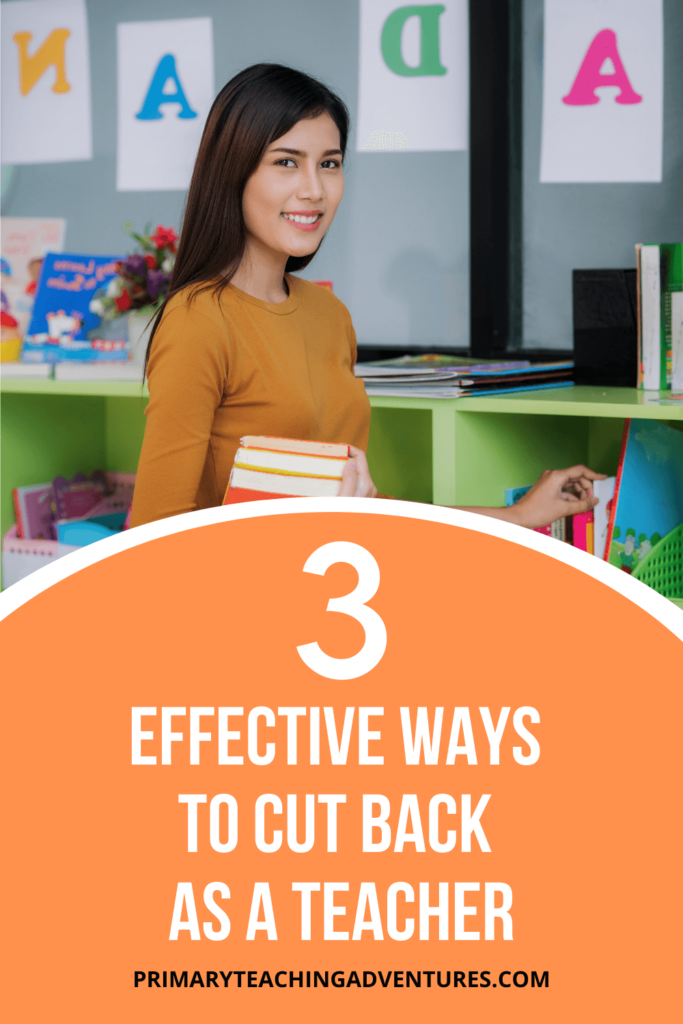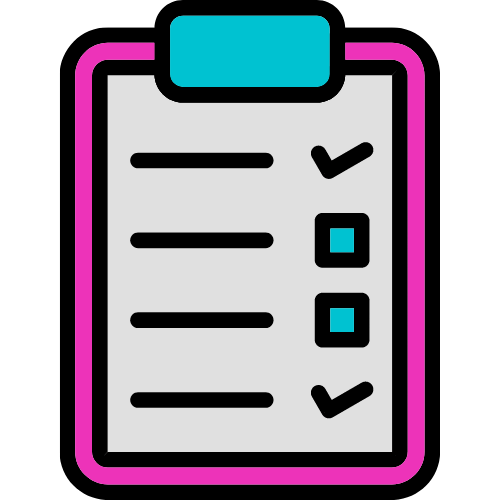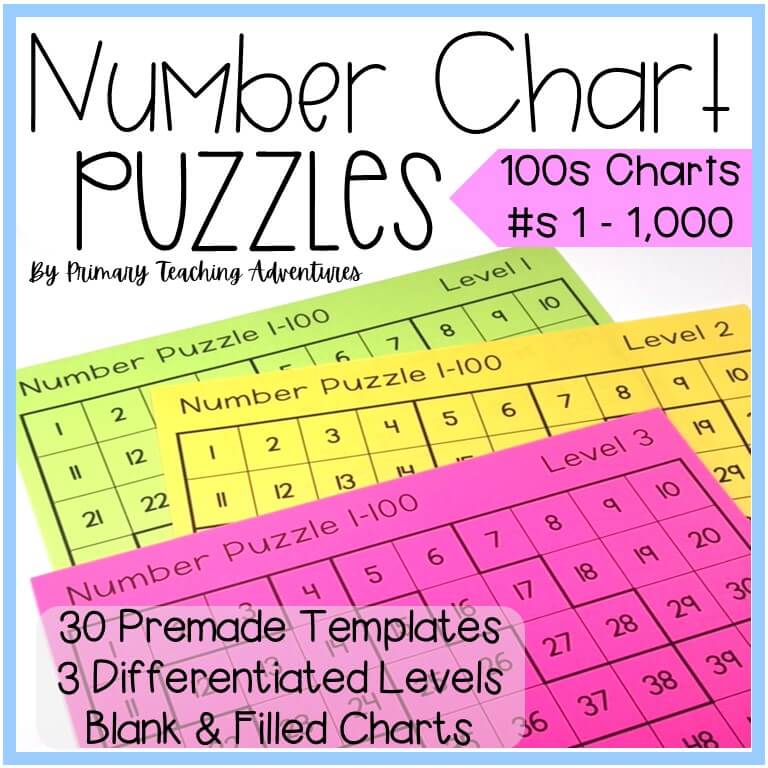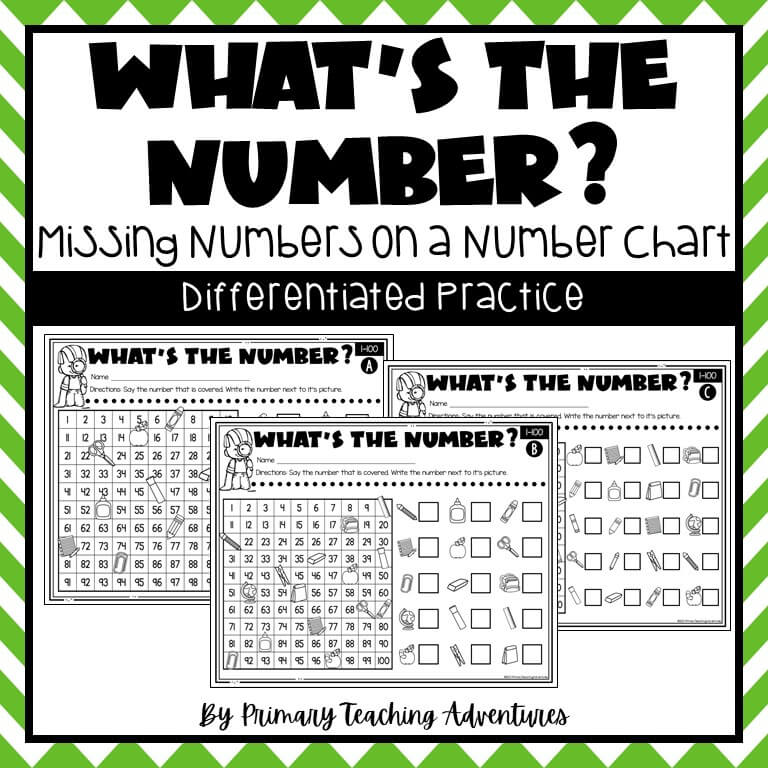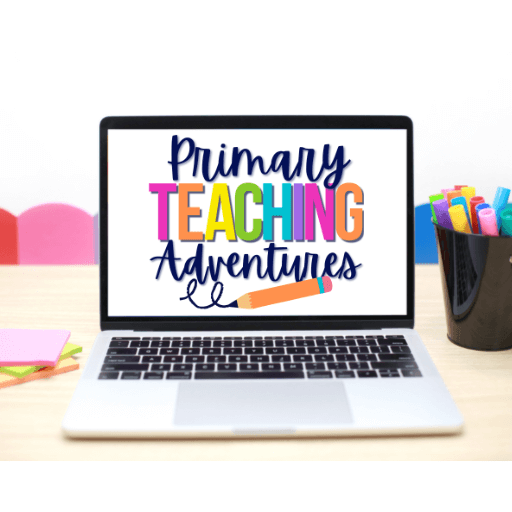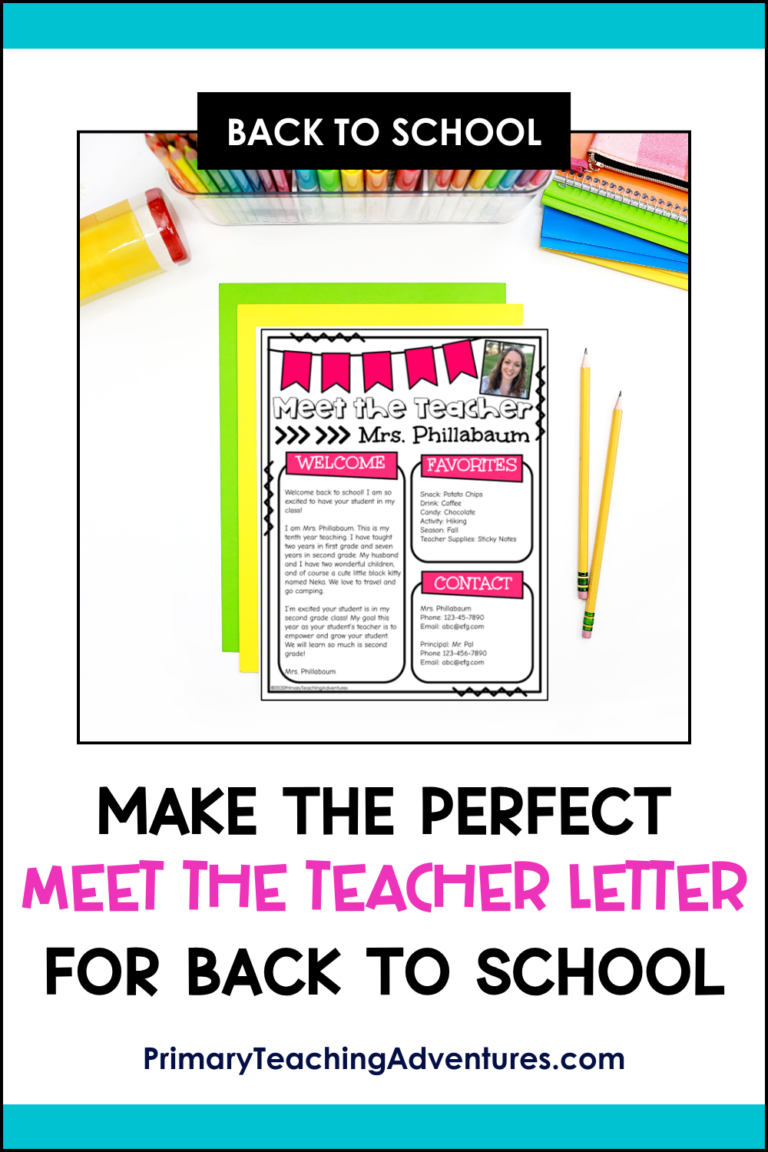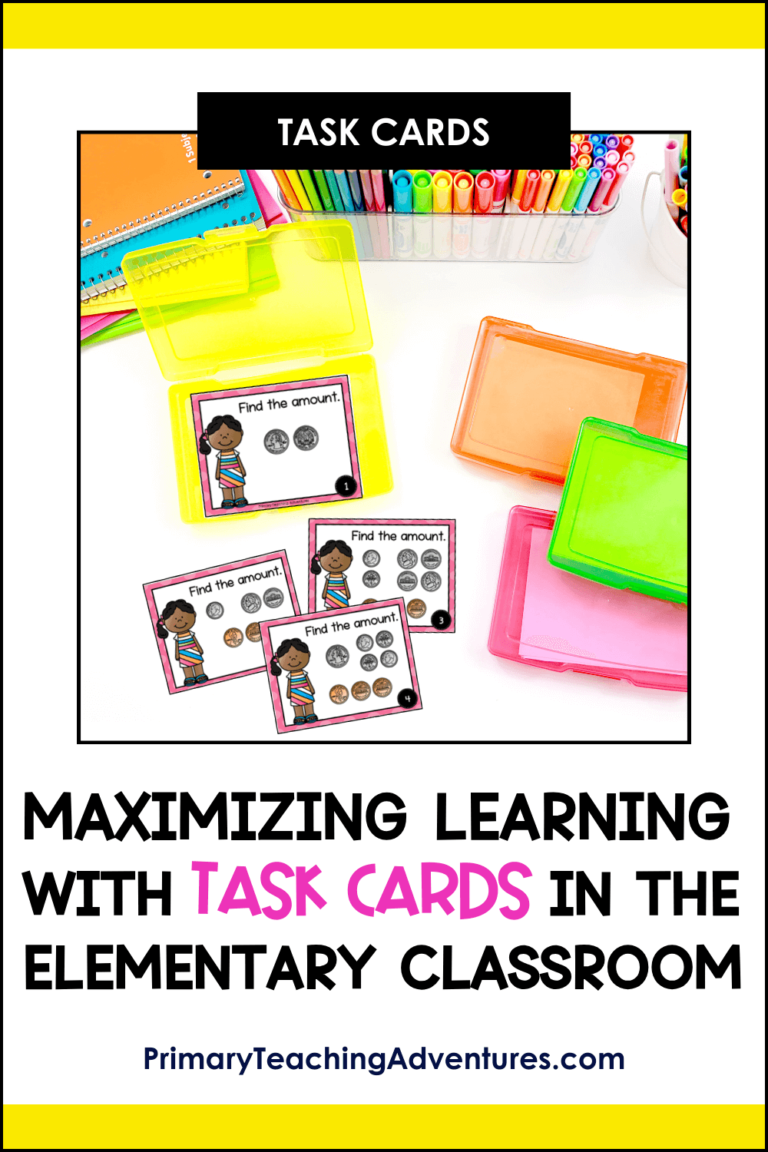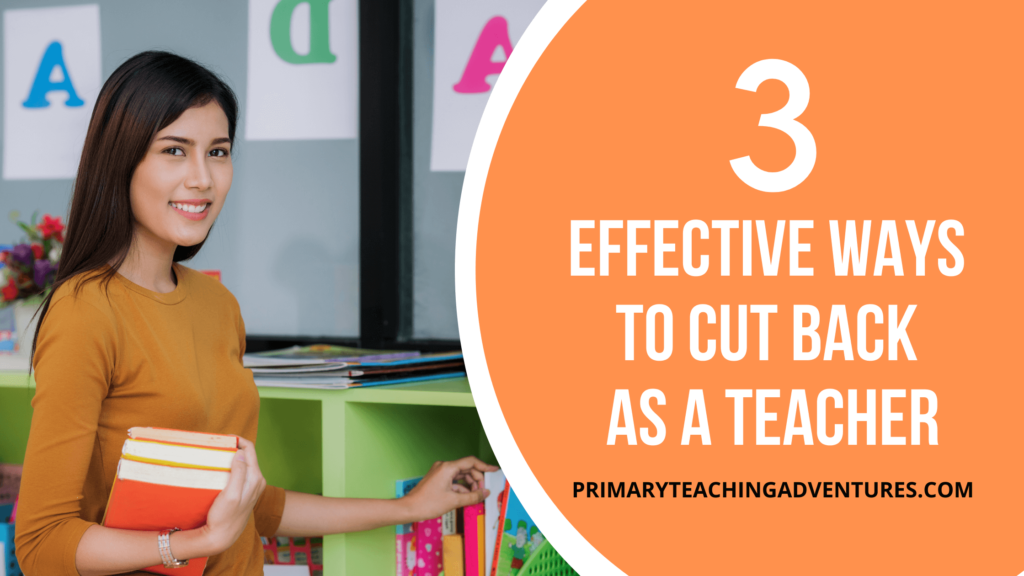
Teaching this past year during a pandemic we as teachers had to cut back in so many areas- lessons, individual practice, engaging hands on activities, parties- this list is long because it was every part of what we knew. I’ve been so bummed so many times throughout the year realized what I couldn’t do.
But what I did learn is how much the quality I can get when I cut back on certain things. I realized the quality of lesson and practice outweighs the quantity. You don’t need to do 20 things in one lesson to practice nouns. I learned how to cut back on the all the things to focus on a focused mini lesson, quality student practice, and not overwhelming myself with grades.
Keep to a Mini Lesson
I have a huge problem with talking too much. Which is not me in real life, but in teaching… I can keep going and going! When you have to record a lesson, it forces you to stick to the lesson objective. For one, it takes forever to upload! And two, you learn to keep it short, sweet, and to the point.
The mini lesson really needs to be mini. Students lose attention with too many words. When you teach, cut back on talking too much and focus on the quality of the lesson by sticking to the lesson objective, defining key vocabulary words, and give examples.
Remember those lesson plan outlines you had to do for college??
Here’s an example of a mini lesson outline: Active background knowledge. State the lesson objective. Teach the key terms and vocabulary. Show examples. Relate it to real life. Explain the practice students will do.
Keeping to a mini lesson will help you teach better and will increase student engagement and learning. You can add other elements like Turn and Talk to give students the opportunity to explain and respond throughout the lesson.
Cut Back on Changing Up Student Practice Activities
My first two years of teaching I tried to do all the things. I was constantly trying different word work routines, calendar songs, morning work. I spent too much time trying these things out instead of focusing on increasing the quality of student practice and application.
It’s important to cut back when it comes to practice (and no, I’m not saying don’t practice). What I am saying is you don’t need shiny and brand-new activities for each practice time. You need find good practice frameworks and reuse them. Keeping a familiar structure will allow students to focus on the skill rather than how to do the activity. If students are familiar with the practice activity, they can get right into it and practice.

Here’s an example for weekly word work practice:
- Monday: Students build the words using magnet letters.
- Tuesday: Students sort the words and write them.
- Wednesday: Students choose half the words and write in complete sentences.
- Thursday: Students complete a spelling page you can grade.
- Friday: You can play a review game before the spelling test.
Staying with a consistent schedule will help you not be overwhelmed and will allow the student to actually practice the skills. Yes, of course you can change it up a bit every once in a while to increase engagement. But don’t do it too often that you lose the quality practice.
Cut Back on Grades
This is a biggie. Let me just tell you- and don’t grade everything. My first year of teaching second grade I was overwhelmed with the idea of grading. I graded everything. My grade sheet was always filled up. Then I was constantly chasing students to do catch up work. The week before the quarter ended, I was in a panic to try to get the missed grades in. Something had to change.
I started planning ahead what I was going to grade each week. Because I keep to a weekly routine, I am able to know in advance what I’ll grade. Instead of grading word work every day, I pick one activity to grade for the gradebook. I still check the other work but I don’t take a grade. This lightened my load so much! Decide how many grades a week you’ll take for each subject and stick to it.
Focusing on the quality versus the quantity of your lesson plan and student practice is going to help you really focus on the teaching objective. Find some teaching routines and frameworks to help keep your students focused on the skill rather than learning a new activity. And get those grades under control by planning out each week what you’ll grade.
What’s an area you can focus on cutting back to focus on quality this next school year?

